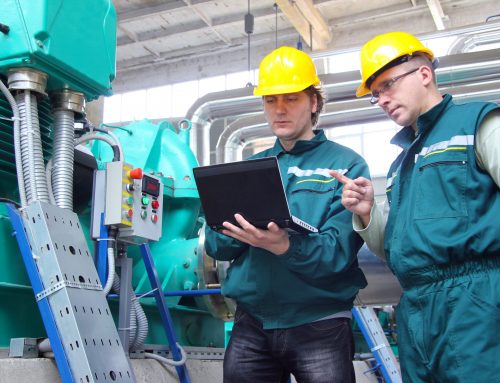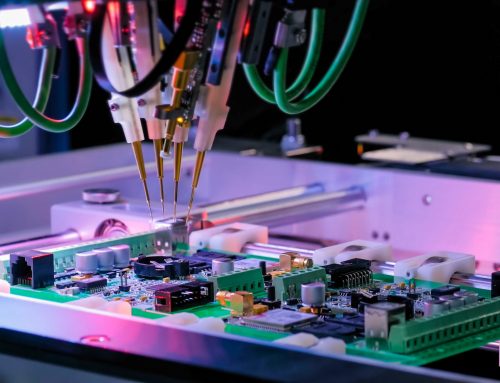Over the past few years, we have seen many technological changes as we continue to modernise the world around us. But one of the most prominent technological advances to emerge in recent years is the Internet of Things (IoT) and IoT-based electronics.
Today, all kinds of devices in every shape and size — from vehicles and security systems to medical equipment and industrial machinery — are connected and sharing information digitally.
In 2020, the year of the coronavirus pandemic, these technologies have been critical. They have played an increasingly important role in how we live, work and play — allowing us to remain connected to each other despite being physically apart, as well as vital services.
IoT technologies feed into a whole host of other growing trends such as automation and wearable technology. So, let us take a look at some of the ways we can expect this megatrend to play out in 2021…
Smart health and safety
It remains unclear when offices and other workplaces will be able to operate at full capacity again. However, chances are IoT will play a significant role in the return to the workplace. Even if the ‘workplace’ no longer looks like the typical 9–5 setup…
As such, we can expect to see the automated devices we have become familiar with in our homes start to creep into the work environment — but not as we currently know them.
Smart building technologies have, in the past, focused on energy efficiency and productivity; for example, they have been used to schedule meetings or control lighting and thermostats. In 2021, the priority will be health and safety.
IoT-enabled sensors could improve space utilisation — monitoring activity in high-traffic areas to manage congestion, help prioritise site cleaning and enable managers to modify the office layout for social distancing. Combined with facial recognition technology, automated security systems could screen exit and entry points, providing effective track-and-trace capabilities.
Remote monitoring and maintenance
Of course, not all industries have been able to switch to the world of remote working seamlessly. Electronic contract manufacturing companies still require a physical presence — as is the case with most manufacturing, industrial and logistics operations.
Yet, although the manufacturing industry has not experienced remote working in the same way as many other sectors, it has realised the virtues of remote monitoring.
IoT allows contract manufacturers to monitor automated machinery effectively, without the need for engineers or maintenance teams to physically be in the same location. These remote monitoring capabilities and predictive systems have become much more prevalent due to the pandemic — and now that manufacturers have activated them, they are unlikely to turn them off.
The benefits of remote monitoring can also be extended to other industries such as the marine, security and even medical sectors. And who knows, maybe one day these technologies will even be able to carry out repairs automatically without any human intervention or input at all.
Connected healthcare
IoT manufacturing companies and wearable technology developers will also double down in the medical field in 2021. The future of wearable technology was already looking bright, but 2020 has brought wearable capabilities, as well as digital and remote healthcare, to the forefront.
From automated home help to telemedicine, there has been a surge in the use of smart wearables, sensors and connected devices which can monitor a patient’s health while they are at home. As well as being able to detect falls or changes to daily routines that could alert healthcare providers that intervention is needed, these AI-enabled tools also minimise unnecessary contact. In situations where the risk of contamination is particularly high — such as in care homes and hospitals — these sensors and connected devices could also be incredibly beneficial.
In 2021, we are likely to see the connected healthcare sector gain momentum, particularly as new edge technologies such as 5G start to enable richer, data-driven health experiences. The rise of smaller, flexible electronics also means that soon, clunky wristwatches and headsets will be a thing of the past in the wearables industry.
Instead, we are starting to see smart textiles emerge, allowing sensors to be woven into garments and conductive fabrics, and even electronic tattoos! Similar to temporary children’s tattoos, these devices can monitor vital information such as hydration, heart rate, blood pressure and sugar levels. Eventually, they could even replace other wearable devices because they are more accurate and always in close contact with the skin.
It is an exciting time to be an electronics design and manufacturing services provider, as we get involved in some of the latest projects at the forefront of IoT technology. Contact us today for support with your next IoT project.









